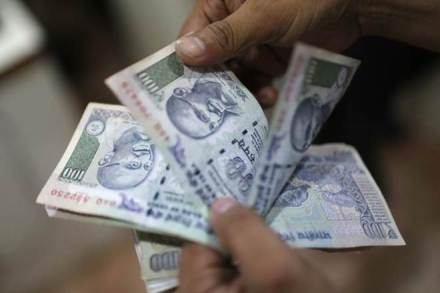With the Congress announcing to introduce a minimum income guarantee scheme in 2019, if voted to power, talks about Universal Basic Income has again gained steam. Rural distress along with disappointment over jobs seems to be the reason which prompted the Congress to make the announcement, particularly as the country approaches the general election in 2019.
Previously, the Congress had enacted an employment guarantee scheme in the form of MNREGA which has so far yielded positive results. However, it is often argued that the implementation of the minimum income guarantee scheme would require not only rolling back of various subsidies but a significant reduction in government spending. In this backdrop, a careful analysis of the UBI scheme becomes imperative.
The idea was first mooted by the Economic Survey of 2016-2017. “A Universal Basic Income (UBI) is a periodic cash payment unconditionally delivered to all on an individual basis. It is not an entitlement but a right by virtue of being a citizen of a country. UBI is a step towards a more equal society as it would promote Social equity, reduce poverty directly, and reduce risks related to unemployment, health etc. by providing a safety net. But, In India’s context, the most important benefit would be in terms of addressing misallocation, exclusion and leakages which grapples plethora of schemes run by the government to root out poverty and inequality”, the survey stated.
READ ALSO : Future of jobs: Demand for these roles will potentially rise by 2022
Many countries like Norway and Finland practice it, whereas others like Germany, Switzerland and France are experimenting with it.
Nevertheless, in a developing country like India, it does not come without challenges. Conspicuous spending, moral hazard, high fiscal cost, inclusion error and the gender disparity that the cash transfer may induce are some of the probable problems cited by the Economic Survey of 2016-2017.
Based on 2011-12 poverty distribution and their consumption expenditure if a target poverty level of 0.45% is chosen, with UBI of INR 7620 per year (it corresponds to the annual consumption of marginal poor, who is at 0.45% threshold) and 75% coverage the financial cost of UBI will be 4.9% of GDP, said the economic survey 2016-17.
IMF had also proposed transferring Rs2,600 (about $54) in 2011-12 prices to every individual in India after eliminating the food and fuel subsidies. “Although such a transfer is more modest than that often discussed in public debate, it would still incur a fiscal cost of approximately 3% of GDP,” the IMF said.
From the above estimates, it can be expected that the step would require a significant reduction in government spending if it wants to stick to the fiscal consolidation path. But, if eliminating subsidies merely to implement a minimum guaranteed income would be wise, is a pertinent question to ask.
In a study “Investment, subsidies and pro-poor growth in rural India”, Shenggen Fan, Ashok Gulati and Sukhadeo Thorat note that India needs investment in agriculture research, education and rural roads as most effective public spending items in promoting growth and reducing poverty.
Recently, schemes like Rythu Bandhu Scheme of Telangana and KALIA scheme of Odisha have been launched on the same lines. Experts have advised forming any minimum income guarantee scheme considering the performance of these schemes first.
